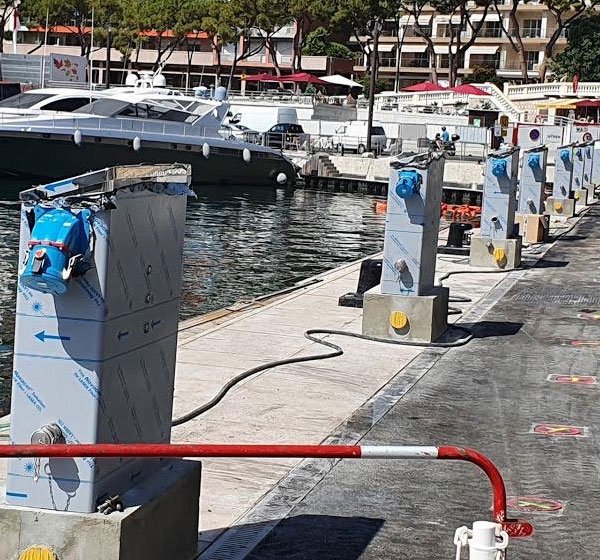If you’re unfamiliar with how two-stroke engines operate, here’s a simple breakdown. In a four-stroke engine, the power cycle consists of four distinct steps, each with its own piston stroke:
- Compression
- Power
- Exhaust
- Intake
A two-stroke engine accomplishes the same steps in just two piston strokes. This is achieved by using the crankcase and the underside of the piston as a fresh charge pump, hence the name “crankcase-scavenged two-strokes.”
How It Works:
- Compression and Intake: As the piston rises for compression, a partial vacuum is created in the crankcase. This vacuum opens an intake port (which could be a cylinder wall port, reed valve, or rotary disc valve), allowing air to flow into the crankcase through a carburettor.
- Power Stroke: Near the Top Dead Centre (TDC), a spark ignites the compressed mixture. The burning mixture’s chemical energy converts to heat energy, increasing pressure and driving the piston down, rotating the crankshaft.
- Exhaust and Scavenging: As the piston moves down, it uncovers the exhaust port, allowing exhaust gases to escape. Simultaneously, the descending piston compresses the fuel-air mixture in the crankcase. The mixture then rushes into the cylinder through transfer ports, pushing out the exhaust gases—a process known as scavenging.
- Fresh Charge Transfer: The mixture continues to flow from the crankcase to the cylinder until the piston covers the transfer ports during its rise, leaving only the exhaust port open. To prevent the fresh charge from escaping through the exhaust, pressure waves in the exhaust pipe are used to push the mixture back into the cylinder just before the exhaust port closes.
Lubrication:
Due to the constant flow of the fuel-air mixture, circulating oil lubrication is impractical. Instead, a small amount of oil is mixed with the fuel (2-4%) or injected into the bearings via a metering pump. This minimal oil usage necessitates the use of rolling bearings, which require less lubrication.
Advanced Two-Stroke Engines:
More complex two-stroke engines, such as those used in marine, rail, and truck diesels, utilize a rotary blower instead of the crankcase for fresh charge pumping. These engines may feature overhead poppet exhaust valves and use plain bearings lubricated by recirculating oil. Two-stroke diesels are scavenged with pure air, with fuel injected only after all ports are closed, preventing loss.
Efficiency:
Some crankcase-scavenged two-strokes employ Direct Injection (DI) to enhance fuel efficiency and reduce emissions, rivalling four-stroke engines. Notably, the world’s most efficient piston engines are the slow-turning marine diesels used in international shipping, which are twice as efficient as standard four-stroke spark-ignition engines.
[/et_pb_text][/et_pb_column][/et_pb_row][/et_pb_section]



